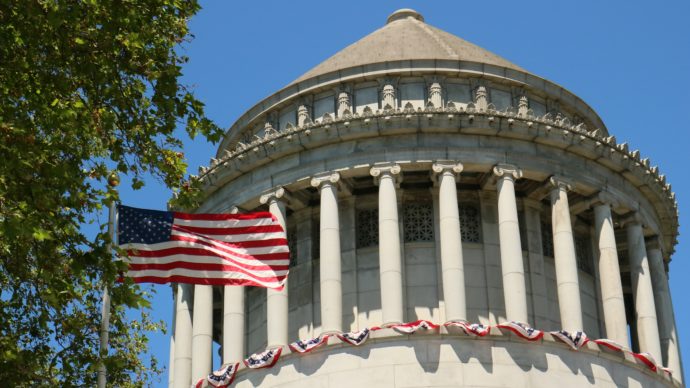Midweek update
Today the House Ways and Means Committee passed its surprise billing proposal (H.R. 5826) by voice vote. This bipartisan bill is strongly by hospital and other healthcare provider organizations. Enough said.
The Hill reports on the state of efforts in the Senate to lower prescription drug prices. The efforts currently are up in the air according to the Majority Leader Mitch McConnell.
Speaking of prescription drugs, Bioworld informs us that a
New analysis from Clarivate Analytics’ Cortellis Forecast Team predicts 11 medicines set to enter the market in 2020 will reach more than $1 billion in sales by 2024. Drugs for central nervous system indications and cancer dominate the list, almost universally accelerated in their development by orphan drug status or other designation intended to speed their path to market. Most medicines are for indications in markets already crowded with competitors, meaning they’ll face substantial pressures to differentiate from existing products.
The Office of National Coordinator of Health Information Technology discusses last week’s 10th annual ONC conference in a blog post.
We heard about standards for clinical data and financial transactions, technology for matching you with your (snail) mail, and how leading innovators are using application programming interfaces and the HL7® FHIR® standard to advance access. And yet, these technologies are not always working in sync. Several new and proposed policies from HHS – including ONC’s and CMS’s proposed interoperability rules and the Trusted Exchange Framework and Common Agreement – are set to move the nation one step closer to making these technologies work for the patient.
It can’t happen too soon, in the FEHBlog’s view.
Also this week Healthgrades issued its best U.S. hospitals list. Healthgrades explains that its ratings are “based solely on clinical quality outcomes for 32 conditions and procedures. This premier distinction rewards hospitals that consistently exhibit exceptional, comprehensive quality care.” Although none of the D.C. located hospitals are included on the list, there are several in the D.C. suburbs of Maryland and Virginia.







